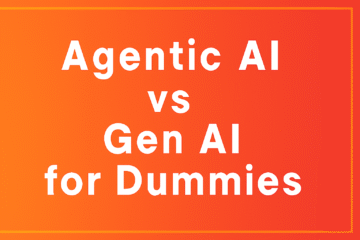eCommerce search and traditional Google SEO search are different in several ways when it comes to keyword selection, customer intent, and algorithms.
- Keyword selection: In traditional Google SEO, keyword research is done to find the most relevant and high-volume keywords that users are searching for. In eCommerce, keyword selection involves identifying the most relevant keywords for specific products or categories.
- Customer intent: In traditional Google SEO, the focus is on understanding user intent behind the search query, whether it is informational, navigational, or transactional. In eCommerce search, the focus is on understanding the user’s intent to make a purchase and optimizing the product listing accordingly.
- Algorithm: Google’s search algorithm is designed to provide users with the most relevant results based on the search query and user intent. eCommerce retailer search algorithms tend to showcase the most relevant products based on the user’s search query, search history, and purchase history.
- Product information: In eCommerce the digital shelf; I.e. product information such as price, images, and reviews play a crucial role in determining search results. In traditional Google SEO, product information is not as significant a factor.
Overall, while both traditional Google SEO and eCommerce search involve keyword research and understanding user intent, the focus, and algorithms used in each are different due to the specific context of each platform and their own proprietary algorithm priorities.
CPG (Consumer Packaged Goods) brands can win in search on eCommerce platforms by focusing on optimizing their product listings for keywords, customer intent, and algorithms specific to the platform.
Here are some tips to help CPG brands improve their search rankings on eCommerce platforms:
- Conduct thorough keyword research: Identify the keywords that customers are using to search for products in your category, and use them in your product titles, descriptions, and other relevant fields. Focus on long-tail keywords that are specific to your product and have low competition.
- Optimize your product images: Use high-quality product images that showcase your product from different angles and in different settings. Make sure your images are optimized for the platform’s image search algorithm and include relevant keywords in your image file names and alt tags.
- Provide detailed product information: Provide detailed product descriptions that highlight the features and benefits of your product, along with any relevant specifications or ingredients. Include customer reviews and ratings to help build trust and credibility.
- Use advertising and promotion: Utilize the platform’s advertising and promotional tools to help your products stand out in search results. Consider running sponsored product ads or offering promotions such as discounts or free shipping.
- Monitor and adjust your strategy: Regularly monitor your search rankings and adjust your strategy based on performance data. Test different keywords, images, and product information to see what works best for your brand and category.
By following these tips, CPG brands can improve their search rankings on eCommerce platforms and drive more traffic and sales to their products.


0 Comments